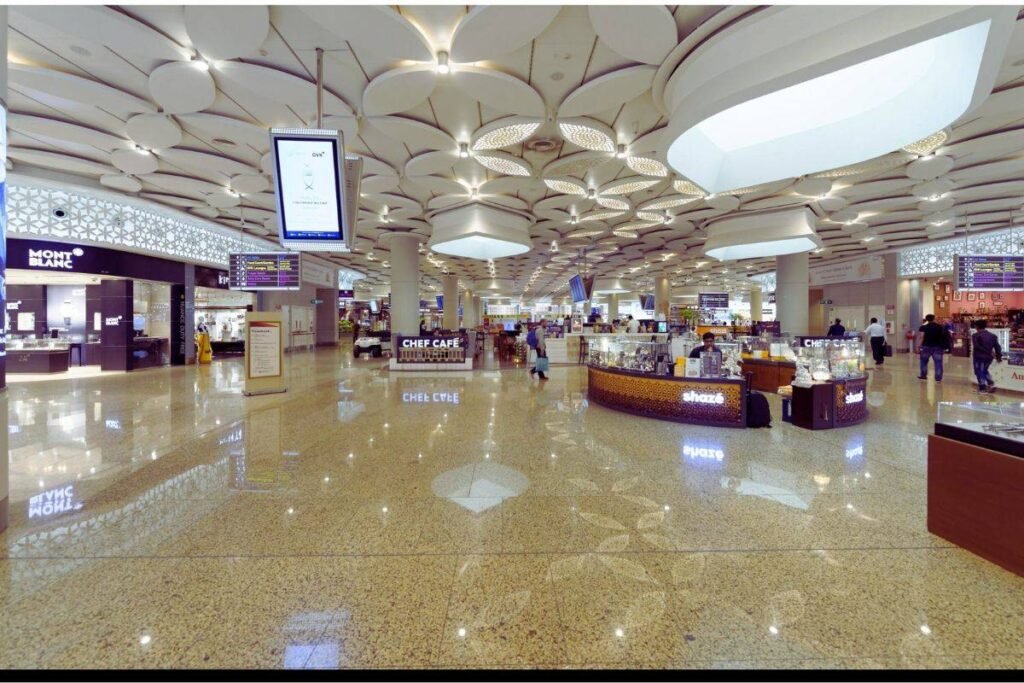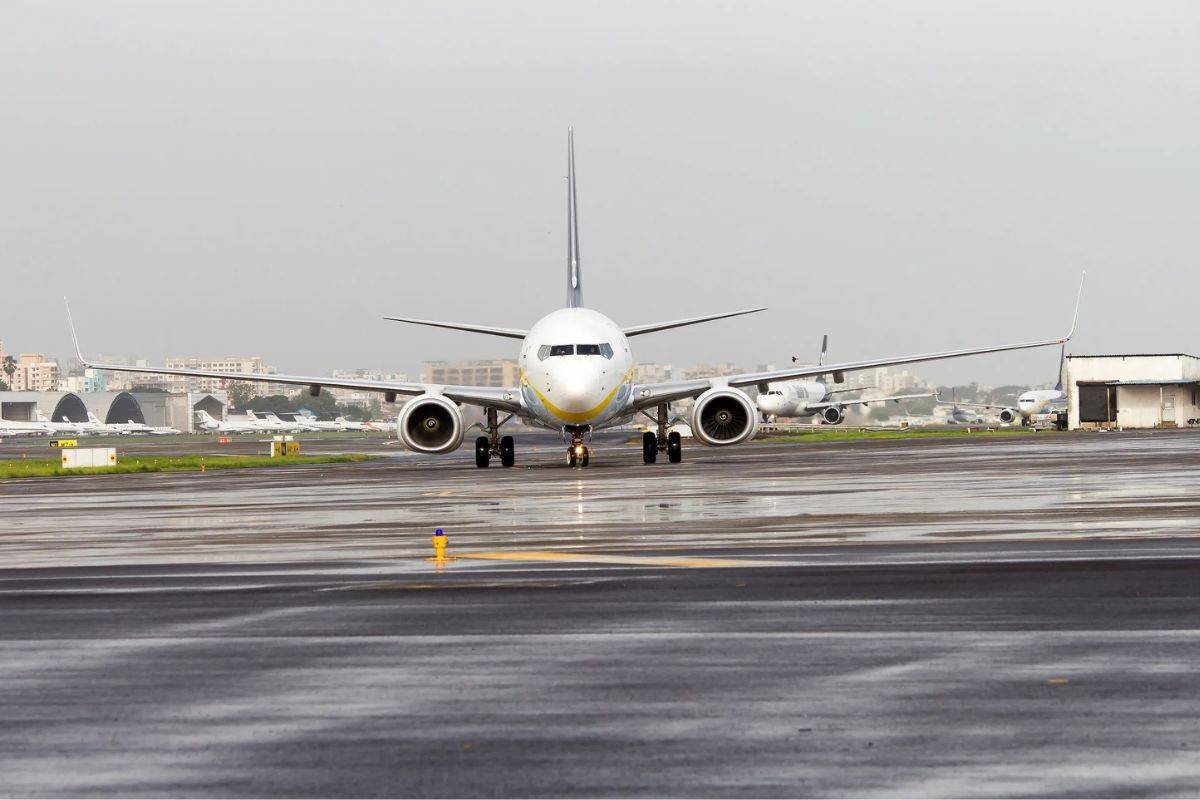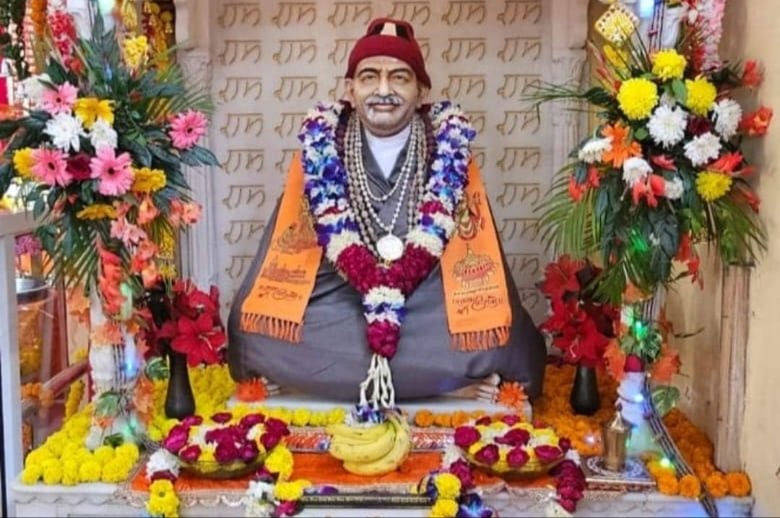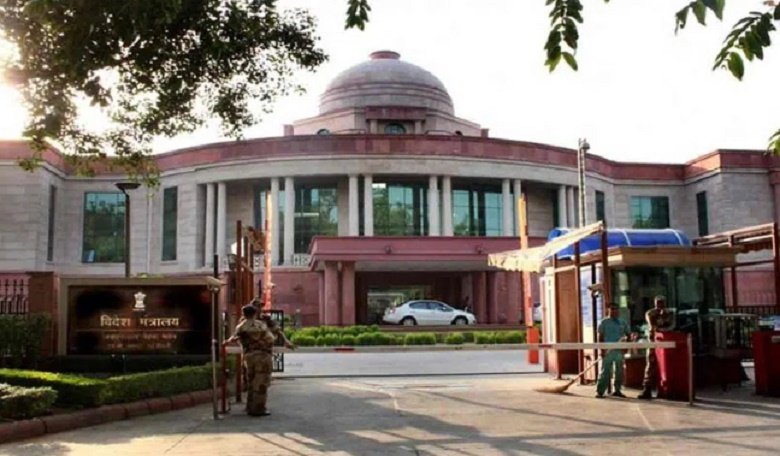New Delhi: Following a distressing incident where an octogenarian Air India passenger passed away due to the unavailability of wheelchair services at Mumbai airport, the Directorate General of Civil Aviation (DGCA) took action by issuing a show-cause notice to Air India.
The victim, 80-year-old Babu Patel, opted to walk at Mumbai airport due to a shortage of wheelchairs. DGCA demanded a report from Air India regarding the incident.
According to family members, Babu Patel and his 76-year-old spouse, Narmadaben Patel, had both requested wheelchairs after arriving on an Air India flight from New York to Mumbai. However, due to high demand, only one wheelchair was provided. Babu Patel generously gave the wheelchair to his wife and waited for another. When none became available, he reluctantly decided to walk alongside his wife.

Tragically, he collapsed after walking just 1.5 km, suffering a heart attack. He was rushed to Nanavati Hospital, where he was pronounced dead.
Air India stated that they had asked Patel to wait due to the wheelchair shortage, but he chose to walk alongside his wife. The collapse occurred near the airport health officer’s office during the immigration process.
The Mumbai airport operator clarified that wheelchair assistance is solely the responsibility of the airline.
DGCA’s show-cause notice to Air India cited non-compliance with civil aviation requirements and violation of Aircraft Rules, 1937. According to Para 4.1.7 of the CAR, airlines are obligated to provide comprehensive assistance to passengers, ensuring a seamless travel experience from the departure terminal to the aircraft and vice versa upon arrival.
Air India was given a seven-day deadline to respond to the notice and explain its failure to adhere to regulatory requirements. DGCA also issued a broader advisory to all airlines, urging them to ensure an adequate number of wheelchairs are available to prevent similar incidents in the future during embarkation and disembarkation processes.




